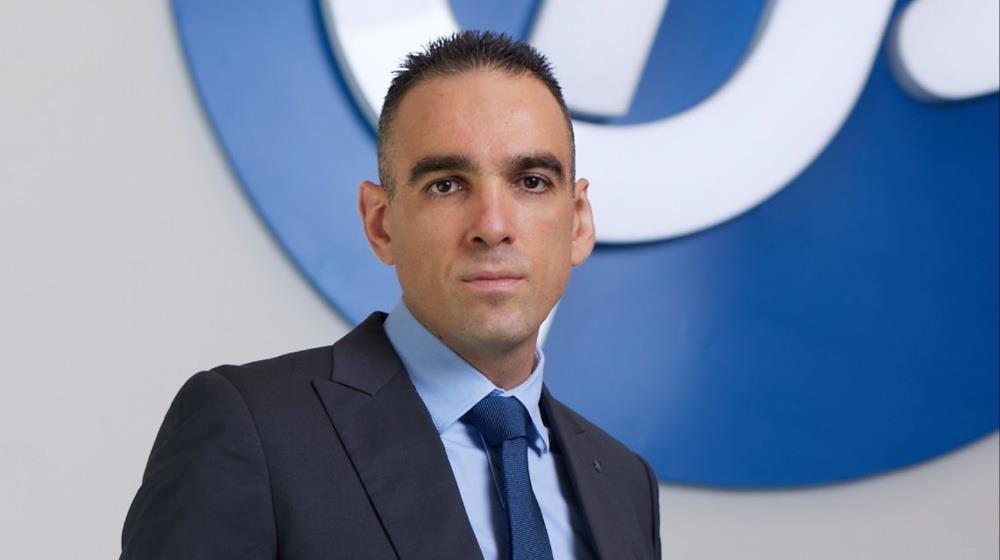Alternative credit is one of the fastest-growing segments in Europe’s fund industry. The IMF estimates the global private credit market at over USD $2.1 trillion. For investors, the appeal lies in connecting capital to the real economy through flexible financing tools.
Cyprus, with its strong fund framework and its standing as a leading ship management centre, is uniquely positioned at this intersection. The timing is fitting: Maritime Cyprus 2025 (6-8 October) and the International Funds Summit (3 November) will both provide platforms to explore how these worlds are converging.
The EU Trend: Rising Alternative Credit & the Yield Environment
Private credit has expanded rapidly in Europe as banks, constrained by regulation, reduced certain lending activities. The European Central Bank notes that private markets, including private credit, are now an important complement to bank lending in the euro area.
Monetary policy adds momentum. With euro area rates moderating, borrowers face a lower cost of capital while traditional bond yields narrow. In the U.S., the Federal Reserve has also recently cut rates and signalled possible further reductions in 2025, though these remain data-dependent. For a global industry such as shipping, which raises financing across multiple jurisdictions, shifts in both U.S. and European rates directly influence the cost of capital and investor appetite for alternative credit.
Cyprus: Fund Jurisdiction Meets Maritime Tradition
Cyprus combines two long-standing strengths: its position as a recognised EU fund centre and its role as one of the world’s top ship management hubs, accounting for about 20% of global third-party ship management. This dual identity creates natural synergies, offering Cyprus a platform to explore innovative strategies at the intersection of funds and shipping.
Maritime as a Strategic Case Study
Shipping is among the most capital-intensive industries, requiring financing for vessels, retrofits, and working capital. Banks and export credit agencies traditionally provided this funding, but their role has diminished.
This has driven interest in alternative structures such as leasing, sale-and-leaseback, and asset-backed financing. These solutions offer flexible terms that connect investor capital to real assets.
For investors, the attraction is clear: maritime credit provides exposure to shipping without direct correlation to market cycles. Unlike equity investments, which rise and fall with freight rates and asset values, credit structures can prioritise contractual cash flows and predictable yields. This makes them especially appealing to non-shipping investors seeking diversification without the volatility of shipping equities.
Governance and Risk Awareness
The expansion of private credit brings risks. The European Central Bank has flagged concerns around valuation opacity, leverage, and liquidity mismatches.
Geopolitics add another layer. The U.S. Trade Representative’s recent Section 301 action introduced new port-entry service fees for vessels with Chinese ownership, operation, or Chinese-built nexus, scheduled to take effect from October 2025 after a grace period. While details remain subject to adjustment, such measures create uncertainty for ships financed through Chinese leasing structures. This underscores the importance of diversified funding sources and highlights how European credit frameworks can provide resilience and clarity for global investors.
A Strategic Moment for Cyprus
The rise of alternative credit is reshaping Europe’s fund industry. Shipping, with its tangible assets and global relevance, illustrates how real-economy sectors can connect with innovative financing strategies.
As the upcoming Maritime Cyprus 2025 explores the industry’s future and the Funds Summit gathers global managers, Cyprus has a timely opportunity to frame its dual strength as both a fund jurisdiction and a maritime centre.
The next chapter in Europe’s funds industry will be defined by how effectively managers link innovative financing with real-economy needs. Cyprus, with its maritime heritage and fund architecture, is well placed to anchor this wave.
*Michalis Vasiliou, Executive Director, Head of Risk Management & Regulatory Compliance at H.M. Pelagic Partners Ltd, Board Secretary at CIFA









